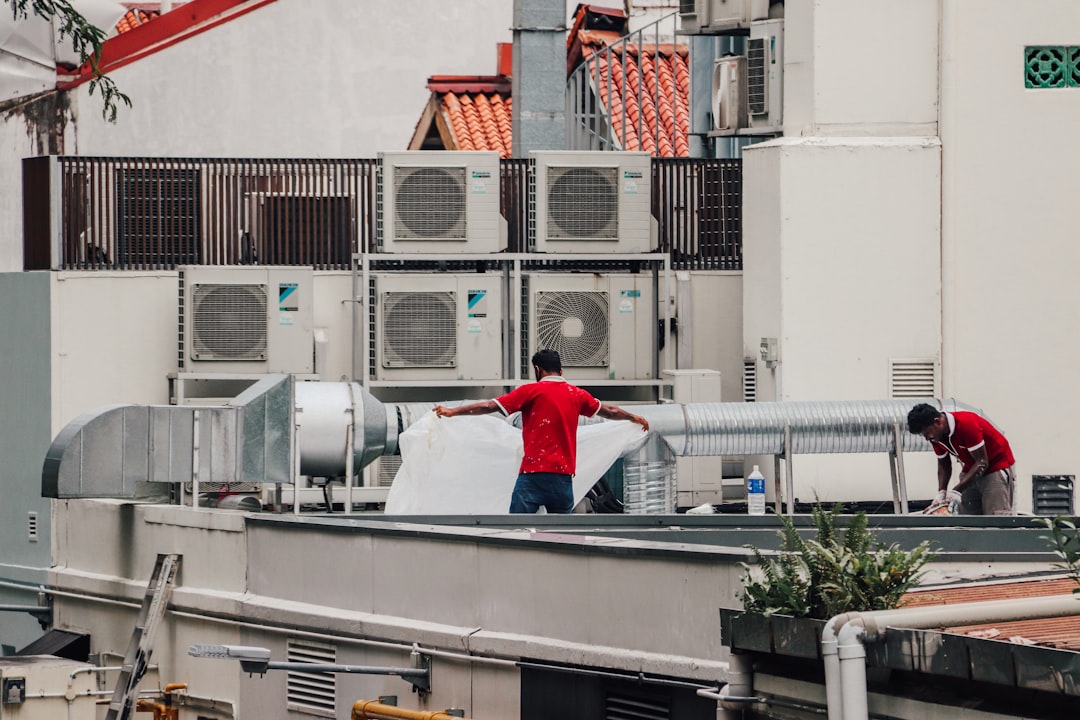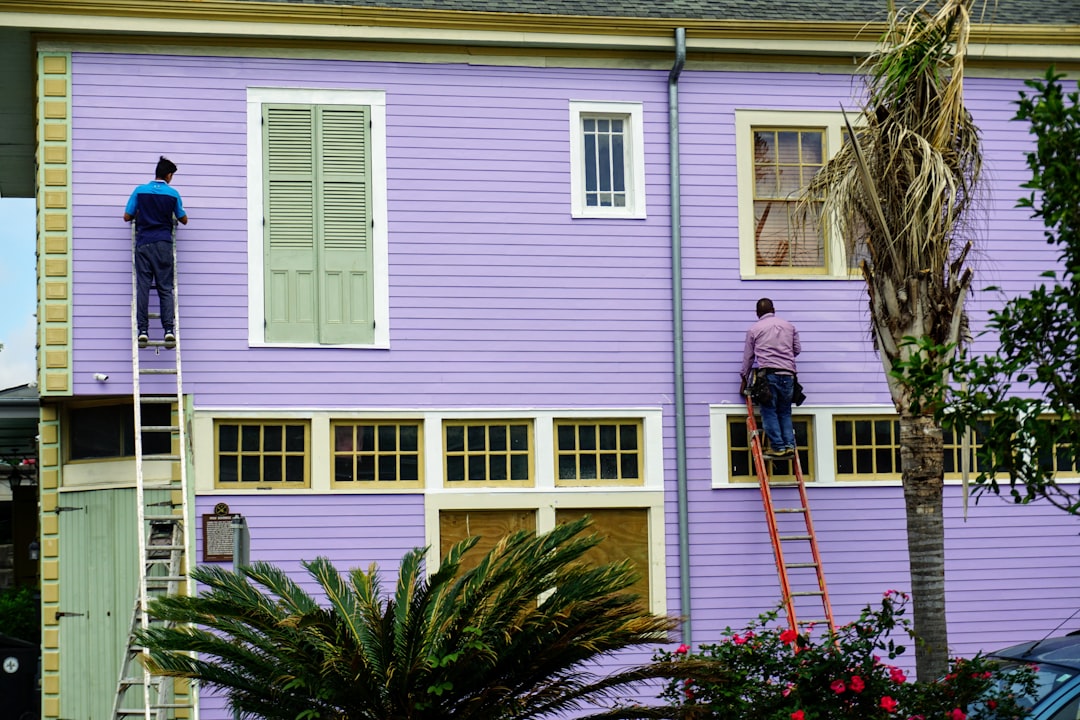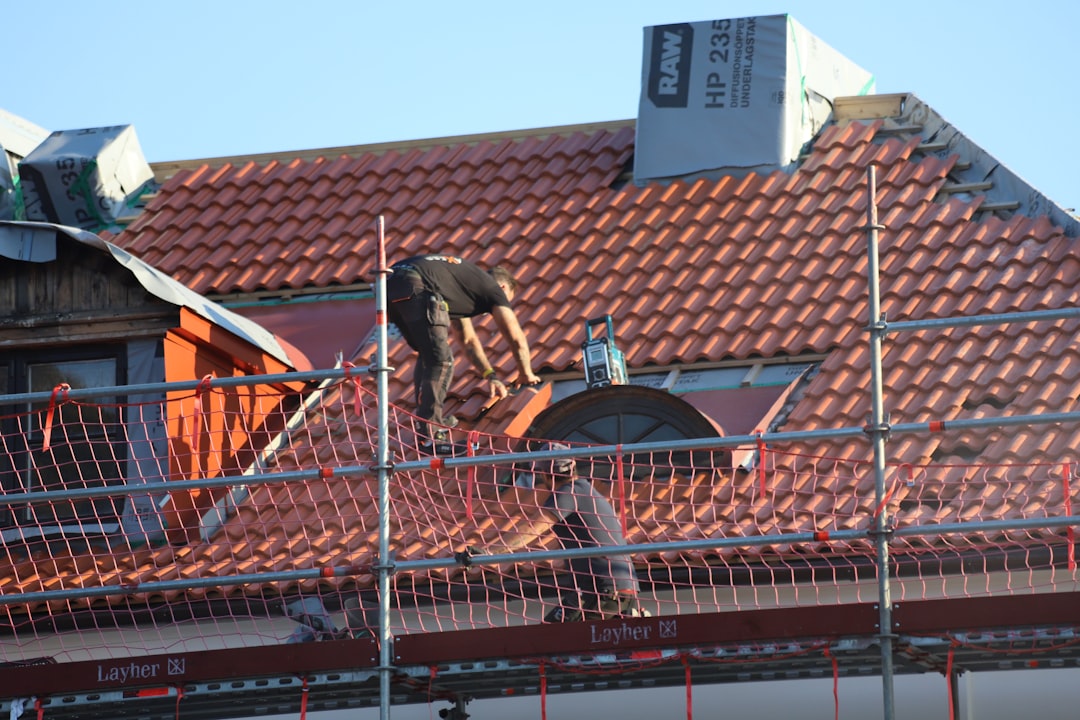Miami-Dade roofs face unique challenges due to the area’s high humidity, salt air, and hurricane threats. Essential roof maintenance tasks tailored for Miami-Dade homes include regular roof inspections, tile roof repair and replacement, gutter cleaning with downspout care, and salt-air corrosion protection. Homeowners must also comply with Miami-Dade building codes to ensure their roofs withstand hurricane season and prevent damage such as leaks, mold, and algae. Maintenance strategies like roof flashing and sealant repairs alongside flat roof drainage and ponding prevention are critical for longevity. This article delves into comprehensive tasks and expert tips for preserving the integrity of roofs in Miami-Dade.
Essential Roof Maintenance Tasks for Miami-Dade Homes
Miami-Dade County stands out with its tropical climate, characterized by intense sunlight, salty ocean breezes, and the ever-present threat of hurricanes. These environmental factors place extraordinary stress on residential roofs, making routine maintenance not just a recommendation, but a necessity for protecting homes and investments. Roofs in this region must endure the harsh salt-air corrosion, relentless humidity that fosters mold and algae growth, and powerful wind events that test structural resilience. Consequently, homeowners face an evolving set of challenges that require specialized knowledge and a proactive approach to upkeep.
Understanding the unique standards governing Miami-Dade roofing, including strict building code compliance and hurricane season roof preparation, is essential for every property owner. By implementing a robust roof inspection checklist and performing preventive reparations such as tile roof repair and replacement or roof flashing and sealant upkeep, residents can significantly extend their roof’s lifespan. This article offers a detailed exploration of the critical maintenance tasks designed specifically for the South Florida climate, providing actionable advice to safeguard your home year-round.

Comprehensive Roof Inspection Checklist for Miami-Dade Homes
Routine inspections form the cornerstone of effective roof maintenance in Miami-Dade. The climate’s relentless forces necessitate detailed scrutiny that goes beyond the typical seasonal checkups conducted elsewhere. A thorough roof inspection should cover all critical elements, specifically focusing on tile roofs, roof flashing, gutters, and areas susceptible to salt-air corrosion.
Key Components to Inspect
- Tile Roof Condition: Examine tiles for cracks, displacement, or missing pieces. Damaged tiles compromise protection and must be replaced promptly to prevent water intrusion.
- Roof Flashing and Sealants: Check flashing around chimneys, vents, and skylights for gaps or deterioration. Sealants should be intact to avoid leaks and roof integrity issues.
- Gutter Cleaning and Downspout Care: Debris like palm fronds and leaves can clog gutters. Ensure they are clean to promote proper drainage and prevent ponding.
- Flat Roof Drainage and Ponding: Look for standing water on flat roofs which can accelerate material degradation and cause leaks.
- Mold and Algae Signs: Identify growth on roof surfaces, especially on tiles or shaded areas. Prompt cleaning is necessary to avoid structural damage.
Inspection Frequency and Professional Assessments
Given Miami-Dade’s high exposure to severe weather, it’s advisable to conduct a roof inspection at least twice a year — ideally just before and after hurricane season. Regular evaluations by certified roofing professionals not only confirm the home’s safety but ensure compliance with Miami-Dade building code requirements, which dictate specific materials, installation methods, and maintenance practices essential for hurricane resilience.
| Inspection Area | Common Issues | Recommended Action |
|---|---|---|
| Tile Roof | Cracked or broken tiles, displaced shingles | Timely replacement or realignment |
| Roof Flashing | Corroded metal, gaps, sealant failure | Resealing and metal replacement |
| Gutters & Downspouts | Blockages, leaks, rust | Cleaning, rust treatment, repairs |
| Flat Roofs | Ponding water, cracked surfaces | Improve drainage, surface patching |
| Mold and Algae | Growth on shady surfaces | Professional mold removal and preventative cleaning |
Adhering to such inspections creates a proactive culture of maintenance that significantly reduces risks of costly repairs billed later after storms or unnoticed deterioration.
Specialized Tile Roof Repair and Replacement Strategies
Tile roofs are prevalent in Miami-Dade due to their aesthetic appeal and ability to handle the tropical climate. However, the combination of intense heat, humidity, and salty air imposes specific vulnerabilities that require expert repair and replacement techniques.
Common Tile Roof Problems in Miami
- Tile Cracking and Breakage: Thermal expansion and contraction cause tiles to crack over time, compromising waterproofing and insulation.
- Dislodged Tiles After Storms: High winds can loosen tiles, exposing underlying materials to damage.
- Moss, Mold, and Algae Growth: The humid environment encourages organic growth, which weakens tile surfaces and affects home appearance.
Effective Repair Approaches
Replacing individual tiles should be done using matching materials that meet Miami-Dade building code compliance, ensuring durability and a streamlined look. Additionally, applying salt-air corrosion protection treatments on metal elements and roof fasteners prolongs the functional life of the roof assembly. Sealants used around tile edges must be checked and renewed periodically to maintain watertightness.
Replacement Best Practices
When tile roof replacement is necessary, considering modern synthetic options that emulate tile aesthetics but provide increased impact resistance can be a smart investment given the increasing severity of hurricane seasons. Ensure the contractor adheres strictly to local codes and manufacturer specifications to maintain warranty eligibility and optimal roof performance.
| Issue | Recommended Repair | Maintenance Tip |
|---|---|---|
| Broken/cracked tiles | Immediate replacement with code-approved tiles | Schedule bi-annual inspections for damage detection |
| Loose tiles post-storm | Secure tiles and replace damaged ones promptly | Use impact-resistant fasteners certified for Miami-Dade |
| Moss and algae buildup | Professional cleaning and application of mold-preventive coatings | Regular roof cleaning every 6 months |

Strategies for Efficient Flat Roof Drainage and Ponding Prevention
Flat roofs, often found on commercial buildings and some residential homes, require individualized care to manage water flow and prevent ponding — a common cause of premature deterioration. Miami-Dade’s heavy seasonal rains exacerbate issues arising from poor drainage.
Fundamentals of Flat Roof Drainage
- Design Considerations: Proper slope engineering to direct water toward drains is critical.
- Drain and Scupper Maintenance: Clear debris frequently to maintain unobstructed water outflow.
- Waterproof Membrane Integrity: Regular checks and repairs prevent leaks from compromised roofing materials.
Ponding Prevention Tactics
Even slight depressions can cause water to pool, which adds significant weight and increases exposure to UV damage. Installing tapered insulation beneath roof membranes corrects these areas. Furthermore, routine inspections after storms are essential to identify new low spots requiring action.
| Risk Factor | Preventive Measure | Inspection Frequency |
|---|---|---|
| Debris clogging drains | Regular cleaning and protective grates | Monthly during rainy seasons |
| Poor slope/flatness | Tapered insulation installation | Annual roof evaluation |
| Membrane damage | Immediate patching of cracks and blisters | Bi-annual inspection |
Salt-Air Corrosion Protection Techniques for Miami-Dade Roofs
The corrosive effects of the persistent salty air in Miami-Dade pose a major threat to roofing components, especially metal flashing, fasteners, and gutters. Proactive corrosion protection is necessary to extend structural life and prevent leaks due to material failure.
Material Selection and Maintenance
- Use of Corrosion-Resistant Metals: Aluminum and stainless steel are preferred for flashing and gutter components to resist salt-induced oxidation.
- Protective Coatings: Applying specialized sealants and paints designed for salt-air environments bolsters durability.
- Regular Cleaning: Washing metal surfaces reduces salt buildup and delays corrosion onset.
Preventative Procedures
Annual inspections focusing on all metal elements, especially on the roof perimeter and gutter systems, reveal early signs of wear. Prompt replacement of corroded parts and resealing joints consistently meet Miami-Dade building code compliance while ultimately safeguarding your home’s defenses against storm damage.
| Component | Corrosion Risk | Protection Strategy |
|---|---|---|
| Metal Flashing | High exposure to salty air and rain | Use stainless steel with sealant reapplication every 2 years |
| Fasteners | Rust, weakening roof attachment | Replace with corrosion-resistant fasteners and lubricate |
| Gutters & Downspouts | Rust and blockage due to salt and debris | Regular cleaning and protective coating application |
Routine Gutter Cleaning and Downspout Care for Miami-Dade Homes
Gutters and downspouts often go unnoticed until problems like leaks and water damage appear. In Miami-Dade, frequent debris from palm trees and storms can easily clog drainage systems, leading to costly structural issues if neglected.
Best Practices for Gutter Maintenance
- Seasonal Cleaning: Schedule gutter clearing at least twice a year, ideally before and after hurricane season.
- Inspection of Joints and Sealants: Ensure gutters are securely attached and joints sealed to prevent leaks.
- Downspout Functionality: Verify that downspouts channel water at least 10 feet away from the home’s foundation.
Tools and Methods
Use a combination of hand removal, water hoses, and leaf blowers with proper safety gear to maintain gutters. Employing professional services may guarantee thorough cleaning and early problem detection, often coupled with roof inspections to save time and costs.
| Gutter Maintenance Task | Recommended Frequency | Additional Tips |
|---|---|---|
| Debris removal | Twice annually or after major storms | Wear gloves and use a sturdy ladder safely |
| Sealant check | Annually | Re-caulk joints as per expert advice in this guide |
| Downspout clearance | Seasonally | Use plumbing snakes or water jets to clear blockages |
Preparing Your Roof for Hurricane Season: Critical Tasks and Compliance
Hurricane season poses a direct threat to Miami-Dade homes, making hurricane season roof prep an essential part of property safety. Beyond general maintenance, verifying that roofing systems comply with Miami-Dade building code compliance is vital to withstand tropical storms.
Key Hurricane Preparation Steps
- Secure Loose Materials: Fasten or remove roofing components that could become dangerous projectiles in high winds.
- Install Storm Straps and Brackets: Reinforce roof framing connections to meet enhanced code requirements aimed at increasing wind resistance.
- Test and Repair Shutters: Confirm window and door protection systems are ready to deploy.
Inspection and Documentation
Before hurricane season starts, professional roof inspections will verify structural warranties and code compliance. Documentation of upgrades and repairs can streamline insurance claims in case of damage. Residents should consult local experts for personalized assessments optimized for Miami-Dade’s ever-changing climatic conditions.
Mold and Algae Prevention Strategies for Miami-Dade Roofs
Humidity and shade combine to create ideal conditions for mold and algae growth on roofs, which can degrade roofing materials and impact home aesthetics. Miami-Dade roof maintenance includes proactive steps to eliminate and prevent these harmful organisms.
Best Practices for Prevention
- Use of Algaecide Roof Treatments: Applying chemical treatments designed to inhibit biological growth.
- Frequent Roof Cleaning: Regular pressure washing removes molds and algae before they penetrate surfaces.
- Sunlight Exposure Optimization: Trim overhanging trees and vegetation to reduce shaded areas fostering growth.
Integrating Prevention into Regular Maintenance
Incorporate mold and algae prevention during your standard roof cleaning schedules, typically every six months. Choose roof paints and coatings with properties suited for Miami’s climate, such as those featured in our top-rated deck paints guide which can be adapted for roof surfaces to enhance protection and curb appeal.


